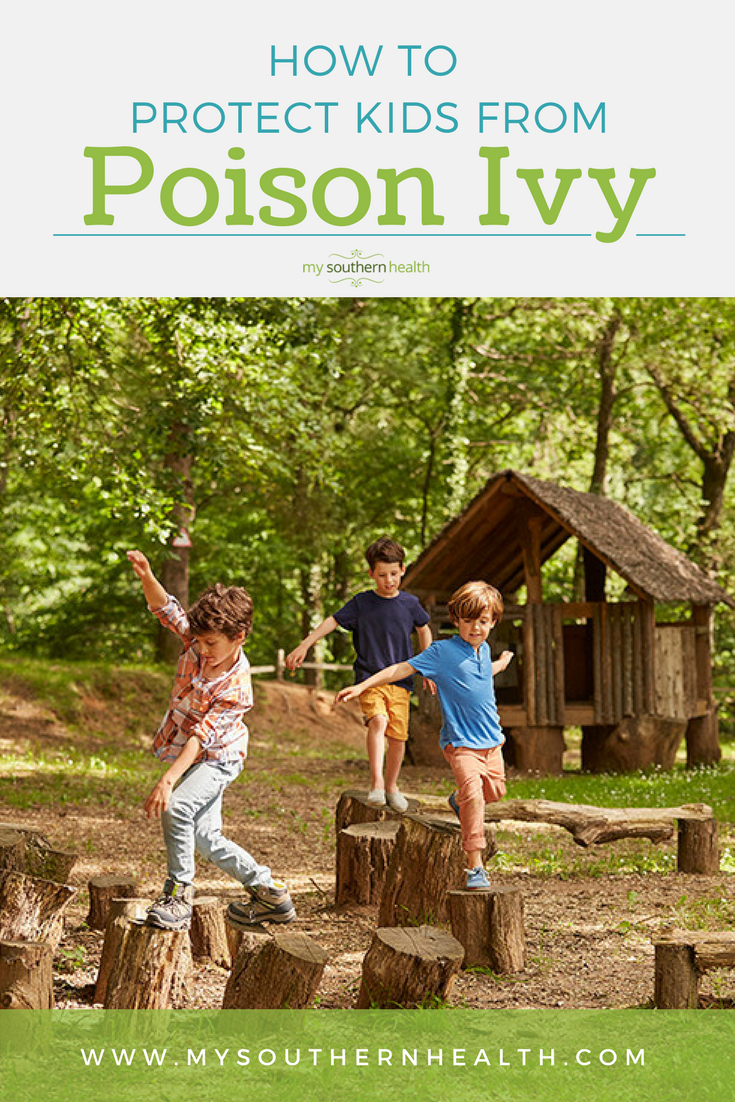This and other poisonous backyard plants are very common. Here’s how to prevent some awful itching.
It’s the time of year when backyards and outdoor fun beckon children. That’s terrific, unless they encounter poison ivy.
This pesky, itch-causing plant, along with poison oak and poison sumac, cause more common allergic reactions than any other source. Every year, millions of Americans develop allergic rashes after exposure to them. These plants are very common, growing nearly everywhere in the United States except Alaska and Hawaii, said Nena Bowman, managing director of the Tennessee Poison Center at Vanderbilt University Medical Center.
Oils in the plants – in the vines and roots as well as the leaves – trigger the body’s immune system and make most people itchy. Only about 15 percent of people seem resistant to these plants.
To spare your kids (and yourself) from itchy misery, here’s a primer on poison ivy.
Avoid exposure.
If possible, wear long pants, long sleeves, gloves and boots.
That’s not always practical in hot weather, so know the enemy. Be sure your kids know what these plants look like and warn them away from any suspicious, three-leaved greenery. Poison ivy looks different depending on the variety and the season, so know what’s typical for your neighborhood. A helpful site is poison-ivy.org.
Parents, be aware that rubber gloves won’t protect you if you’re trying to clear your yard of these plants. Their oils are soluble in rubber and will penetrate to the skin.
Burning these plants in brush fires and bonfires can put the oils into the air and can cause skin and breathing reactions for someone standing downwind of the fire.
Play defense.
If you think you or your child brushed up against some poison ivy, oak or sumac, wash as soon as possible with soap and lukewarm water. Some people may get a better result with a specially formulated soap that is designed to wash away urushiol, the active itch-causing oil from the plants.
Pets and clothes can carry the plant oils, too, so your kids can have a reaction by touching them even if they didn’t come in direct contact with the plant itself. Keep pets away from suspicious plants.
If you think your child may have gotten too close, run the clothes they wore at the time through the wash as soon as possible, without any other clothes in the machine.
How to tell if your child’s itches are from poison ivy, oak or sumac:
A rash usually appears within 24 to 28 hours, although it can be quicker or take longer. The rash can last several weeks and produce blisters.
How to treat it:
Make sure to scrub under your child’s fingernails with warm soap and water after the child comes into contact with the plant. The oils can concentrate here, causing spread and re-exposure for days after the initial contact.
Make sure all clothes that were worn during the exposure make it into the washing machine as soon as possible. Do not leave them on the floor and do not rewear them without washing first.
Topical steroids and antihistamines (for example, Benadryl) can soothe the itching. If used early, prescription cortisone can halt the reaction, but after blisters appear, systemic steroids are the only effective solution.
Oatmeal baths and cool showers may also reduce the itching.
If you need more information, visit the Tennessee Poison Center’s website, or call the center’s hotline at 800-222-1222.


Vanderbilt’s Children’s After-Hours Clinics offer the convenience of a walk-in clinic with care provided by a board-certified pediatrician from Children’s Hospital. No appointment is necessary, but we recommend calling your pediatrician first. Learn more about services and find locations for Children’s Hospital After Hours Clinic locations.

